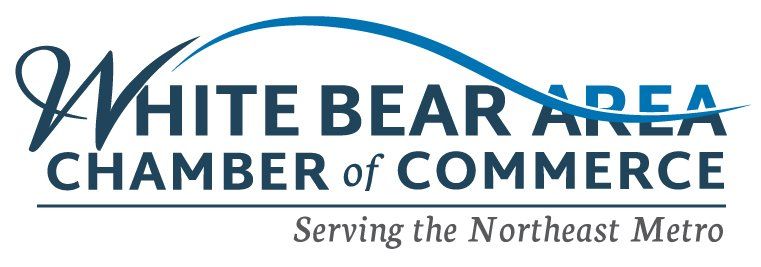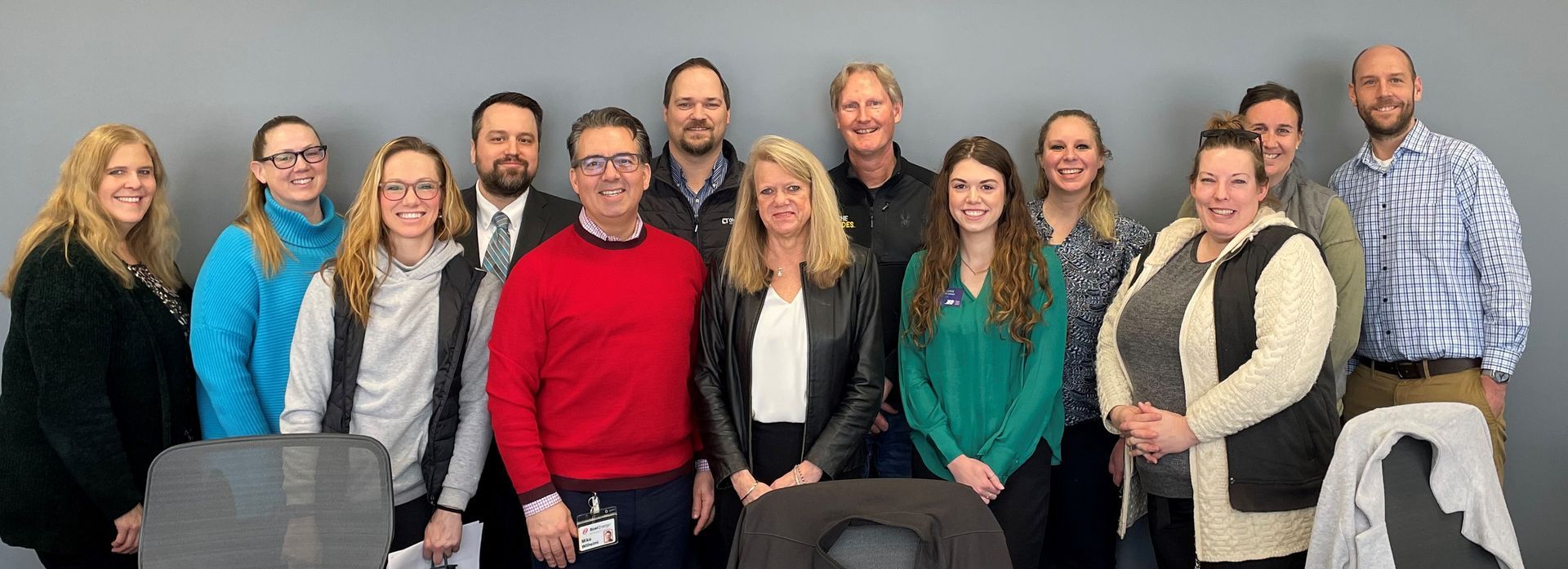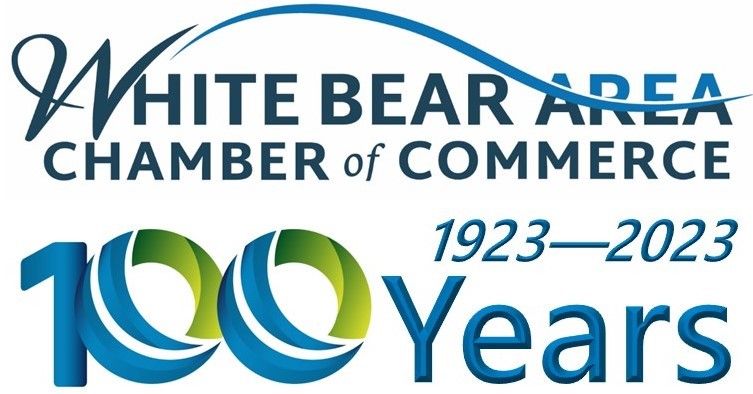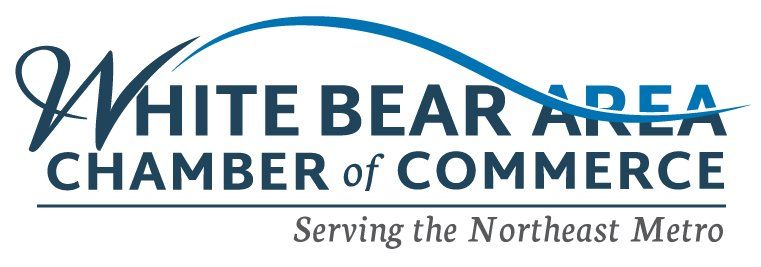
2022 Key Legislative Issues
- Do No Harm -
Local Lake Water Levels and Water Issues
- Support a northeast metropolitan regional approach to water usage that recognizes the need for conservation while not impeding business expansion and economic development.
- Support Legislative assistance that would allow all affected municipalities to continue to operate under their approved Water Supply Plans until a reasonable solution can be found for a sustainable water supply for the area that supports all uses. In addition, Legislative assistance is requested to determine a long-range plan to ensure reasonable and sustainable water levels in all area lakes as well as groundwater levels in the underlying aquifers, while providing water users adequate water for all.
- Oppose a reduction in water usage mandate for the businesses that are within a 5 mile radius of White Bear Lake
The DNR was ordered by the district court to determine what has to be done in neighboring communities within a 5 mile radius of White Bear Lake (well permit holders) that will ensure the court order to maintain the water level of 922 feet. In order to fulfil the court order, it is possible that permit holders in the area will need to reduce water usage to 55 gallons per day per resident.
If no change occurs and if no legislative remedy occurs, the community would have to take immediate action to get usage down to 55 gallons per day per resident. The DNR has indicated that reduction and prioritization (which does apply to both public and private well owners) plays out based upon defined priority groups: Domestic permit holders are the first priority followed by Non-Domestic permit holders (hospitals, schools, and businesses). Getting to a level of 55 GPA would mean likely not getting past the first priority group.
If the DNR is forced to comply with the court order then there would be no water available for use other than domestic within a 5 mile radius of the lake. It has been noted that the court was under the impression from evidence presented during the trial that watering restrictions and conservation would solve this issue. According to the DNR it will not. The estimated number the DNR has developed is 314 million gallons per year for EVERYONE.
Local Transportation issues
- Support the prevention of scrap metal dealers from buying catalytic converters from anyone other than a bona fide automobile repair shop. Catalytic converters are stolen because of their high resale value to scrap metal dealers for the precious metals inside. They are relatively easy to steal, and lack identifying marks.
- 35E & County Road J Highway Construction Project - Support the progress and timeline for construction at the intersections on and around County Road J and 35E traveling from all directions. County Road J from Centerville Road to Otter Lake Road including the interchange with 35E is scheduled for reconstruction in 2024. Ramsey County is leading the project in partnership with the Minnesota Department of Transportation, Anoka County, White Bear Township, North Oaks and Lino Lakes.
- Bus Transit – Support expansion of bus services in the Northeast Metro. The Purple Line is expected to be compete in 2026, but the need for busing is now for the Northeast Metro. The White Bear Area Chamber supports all efforts to add and expand on daily bus services throughout the area. The local businesses and schools are currently in need of transportation for their employees, customers and students. We strongly support a partnership between area employers and schools and either a public or private sector transit provider.
- Autonomous Vehicles – Support the autonomous vehicle pilot project in White Bear Lake. The route will run on Orchard Ave. to the YMCA. There will be an educational component that will engage students to learn aspects of working with this new transportation innovation. The Chamber, University of Minnesota, WBL School District, Century College and Newtrax are partners in this initiative. We urge both the City of White Bear Lake and the WBL School District to take advantage of support from MNDOT to move forward with this pilot project.
Education and Workforce Development
- Support private-sector initiatives to increase employer engagement in the training of workers in addition to supporting policies that ensure student readiness. To enhance the state’s global economic competitiveness, there must be a strong alignment of education and workforce development with employer needs. Too often, publicly funded workforce programs are difficult for employers to utilize.
- One size fits all mandates stifle innovation, creativity and local control. The Governor and Legislature should oppose any new unfunded mandates and encourage innovation:
- Expand the innovation zone law to allow school districts to:
- Implement a competency-based education model in lieu of seat time requirements;
- Collaborate with post-secondary institutions, nonprofit organizations and businesses to enhance course offerings and opportunities for students;
- Support Century College with the proposed $60M Minnesota State Supplemental Budget Request. This past year, Minnesota State’s budget request was not funded with recurring dollars to their base. Instead, the colleges and Universities were asked to use one-time federal stimulus dollars to bridge the gap. The $60 million Minnesota State Supplemental Request, with Century College’s share at $1.235 million is important and timely. This request will impact Century College in the following ways: Campus Support, Tuition Freeze, Student Mental Health & Basic Needs and Workforce Development.
- Support Century College through Minnesota State’s HEAPR funding request. Century College would receive funding for its highest priority asset preservation projects, which include the replacement of aging roofs on both campuses and a 50-year-old boiler on the East Campus. These projects are large-scale and critical – ranging from $1.8 million to $7 million – and cannot easily be funded through College operating funds.
STATE ISSUES
- Do No Harm -
The state’s two-year budget was set in 2021 with nearly a 12% increase in all funds spending from the previous biennium. Minnesota will have a significant forecasted budget surplus providing the opportunity to accelerate the state’s economic growth and improving Minnesota’s tax climate. The state will be flush with cash:
- $7.7 billion in additional surplus dollars
- $1.15 Billion federal funds unspent (from $2.8 billion federal American Rescue Plan Act (ARPA))
- $2.65 Billion budget reserves
Unemployment Insurance (UI) Trust Fund
- Support the replenishment of the Unemployment Insurance (UI) Trust Fund:
Use American Rescue Plan (ARPA) funds and the likely large budget surplus to help resolve the $1.13 billion deficit in Minnesota’s Unemployment Insurance Trust Fund. Nearly half of the other states in the country have replenished their unemployment insurance funds with money from the CARES Act or ARPA. Minnesota lawmakers could impose a significant payroll tax hike on employers to replenish the fund. Increased payroll taxes will further impede economic recovery. Employers should not be penalized especially when state and federal funds are available to cover this pandemic created deficit in the Unemployment Insurance Trust Fund.
Support Tax Relief:
- Reducing Minnesota’s tax burden continues to be the number one priority of Minnesota businesses. Minnesota has the third highest corporate income tax, and fifth highest personal income tax rate in the country. These taxes, coupled with other significant tax burdens are one of the major factors driving an increase in the number of businesses to consider locating and expanding in other states. The Legislature can encourage long term economic growth by reducing uncompetitive taxes that are hindering entrepreneurship, talent recruitment and retention, and business growth and investment. This includes getting Minnesota out of the top ten highest tax rankings by lowering top rates for both corporate and individual income taxes; continuing progress in reducing the state business property tax levy and enacting federal estate tax conformity.
Support Employer Friendly Workforce Strategies:
- The ability to attract and retain workers is as important to employers as reducing the overall tax burden. Minnesota employers are subject to a unique 0.1% payroll tax that generates over $150 million dollars per biennium for workforce development programs that too many employers simply do not use. A more collaborative approach in the development and management of and access to these programs would provide a greater return on investment for both employers and our workforce. Further, allowing employers to receive a credit on this tax to support their own customized training specific to their needs would have an immediate and direct benefits to the workforce.
Support Innovation and Productivity:
- An important ingredient for Minnesota’s future success is a thriving and growing private sector. Business success is contingent on an environment that is attractive to investment, risk-taking, innovation and growing productivity. Access to capital is also critical. Encouraging investment and innovation through the Angel Tax Credit; enhancing the research-and-development tax credit and similar tax incentives to encourage investment and productivity improvements will help generate needed capital for new business growth.
- Minnesota's Angel Tax Credit provides a 25-percent credit to investors or investment funds that make equity investments in startup companies focused on high technology, new proprietary technology, or a new proprietary product, process or service in specified fields. The maximum credit is $125,000 per person, per year ($250,000 if filing jointly). The credit is refundable. Residents of other states and foreign countries are eligible.
Support maintaining benefit flexibility and oppose additional mandates and workplace restrictions. We are committed to providing the best workplaces for employees. As demonstrated throughout the pandemic, Minnesota employers adhere to strict safety protocols, labor laws and workplace standards to maintain healthy, respectful and inclusive workplaces.
- Preserve private-sector flexibility to determine wage, benefit, scheduling, and employee classification.
- Support explicit statewide preemption of local labor ordinances.
- Restore balance to the Unemployment Insurance Trust Fund with minimum impact to employers
- Ensure regulatory changes proposed through Minnesota’s state agencies consider impacts on employers in Minnesota.
- Preserve legal standard in hostile work environment claims while promoting prevention policies and workplace training programs.
- Promote workplace safety and employer protections concerning potential legalization of recreational marijuana.
Support ensuring high-quality, affordable health care - Health insurance is an increasingly important benefit, allowing employers attract and retain talent in the marketplace and ensure their employees stay healthy and productive at work. We oppose additional mandates and taxes that drive up costs.
2024 White Bear Area Chamber Board of Directors


